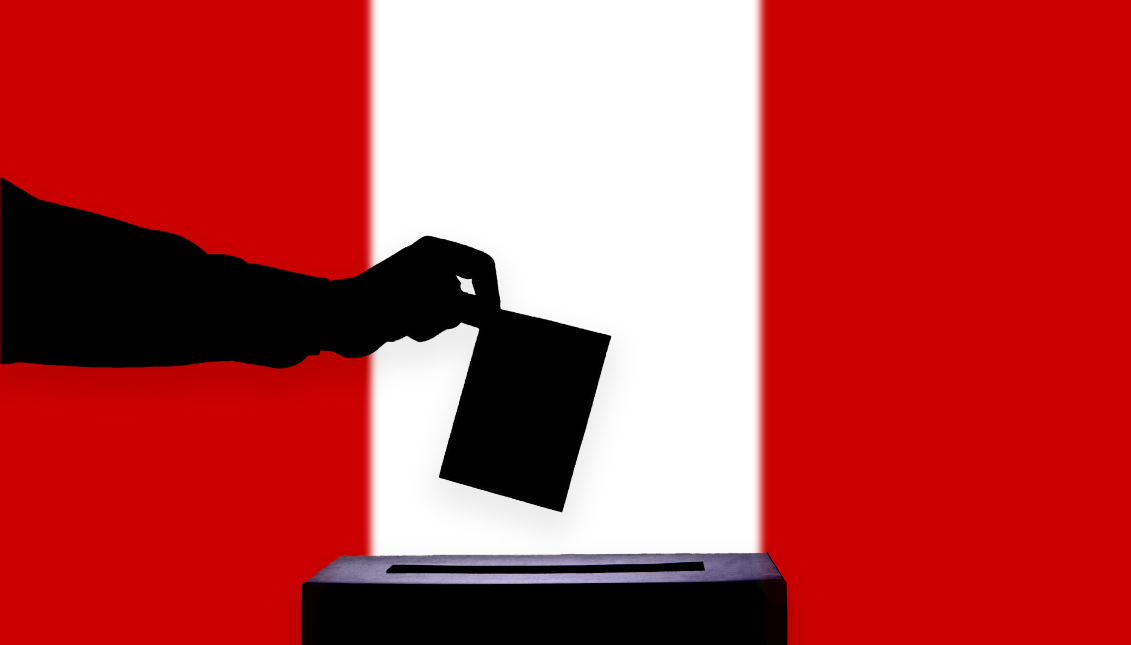
Elections in Peru: Fujimorism Loses Ground
The extraordinary elections to the Peruvian Congress resulted in the weakening of Fujimorism, the punishment of parties marked by corruption cases and several…
On January 26th, extraordinary elections were held for the Peruvian Congress, after President Manuel Vizcarra decreed its dissolution in September of last year.
Among the enormous number of parties that ran for office, there were several surprises, the first of which was the very high death toll: out of 21 parties that participated, only 10 passed the electoral threshold.
The exit of those eleven parties necessarily led to a re-accommodation of power in the Legislative, although it also left a fragmented Congress, albeit with a centre-right tendency, which will have difficulty both aligning itself in favour of the measures proposed by the Executive and closing down in opposition.
Perhaps the most notorious of these readjustments is all the ground lost by the Fujimori party, Fuerza Popular, which went from 73 seats in the 2016 elections to 12 in the 2020 elections. The party lost strength, especially since its previous leader, Keiko Fujimori, was released from prison (for alleged corruption) and chose to retire from political life.
Other parties that were heavily punished, remaining outside of Congress, were National Solidarity, the Christian People's Party, Contigo (a party formerly called Peruanos por el Kambio, with which former president Pedro Pablo Kuczynski and his candidate Martín Vizcarra were elected) and the Peruvian Aprista Party.
RELATED CONTENT
The Partido Aprista Peruano is the collective with which former president Alan García was elected, who committed suicide last year when he was about to be arrested for alleged corruption in the case of Lava Jato.
It seems, then, that the other force punished in these elections was corruption.
Among the surprises of the parties that returned, there is the syncretistic and conservative Popular Agricultural Front. An evangelist party, with a strong work in the regions, despite the fact that it had been out of Congress for 38 years. According to political scientist Adriana Urrutia, it is to be expected that this party will advocate against struggles such as egalitarian marriage, gender parity or abortion.
In the left spectrum, the Frente Amplio (coalition of the parties Tierra y Libertad, Fuerza Social, Ciudadanos por el Cambio, the Communist Party and the Socialist Party) returned with 12 seats and Juntos por el Perú, which won 5.
With 17 seats, the Union for Peru returned, a party that had historically defined itself as centre-left, although it is now defined as a third option.
In this scenario, three parties that could ally themselves with Vizcarra won 37 seats in total: Podemos Perú (10), Partido Morado (9) and Alianza para el Progreso de Perú (18).










LEAVE A COMMENT: